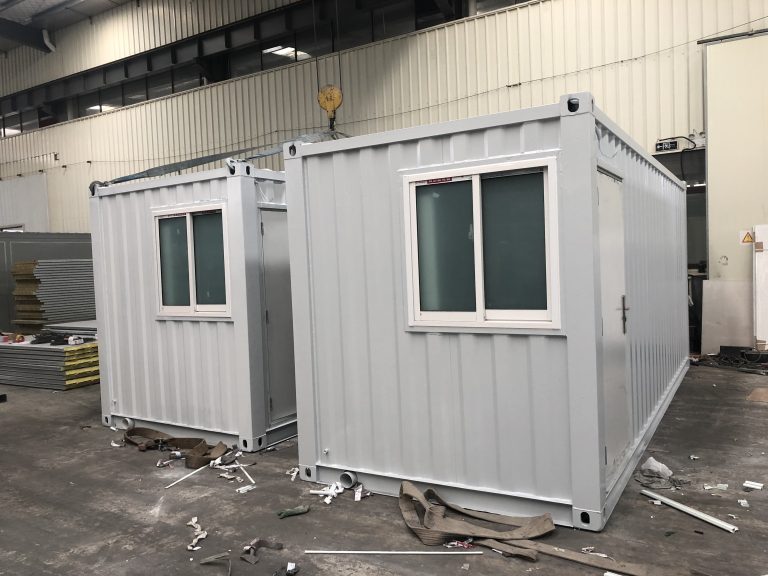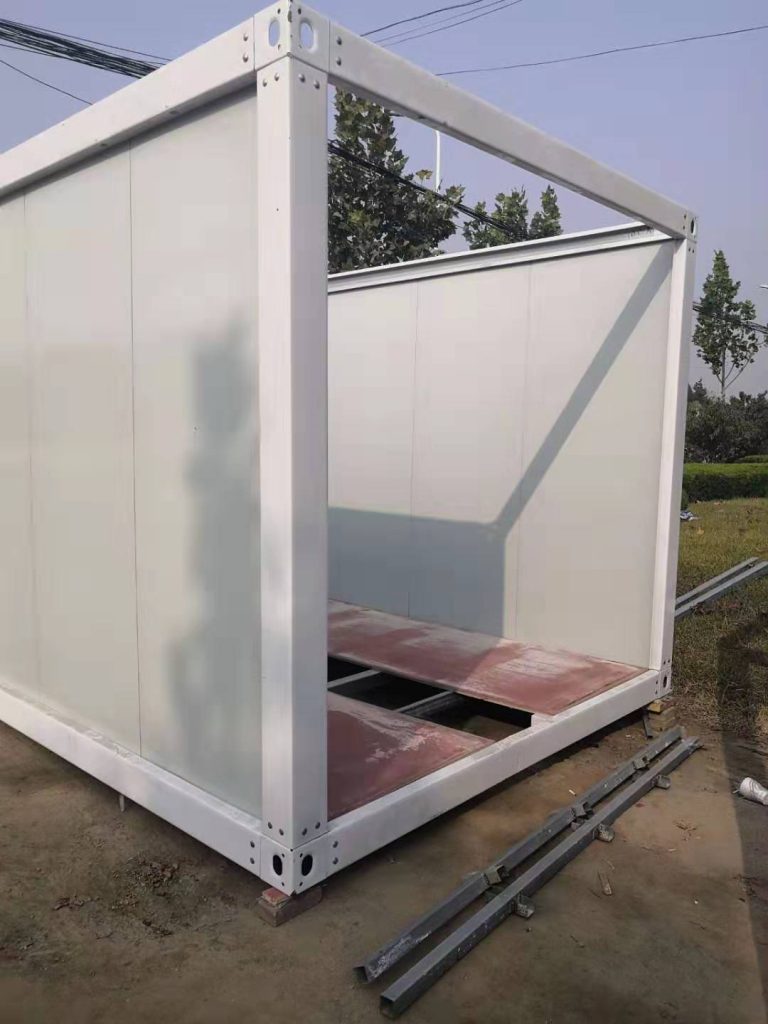Technological innovation of steel structure performance evaluation and prediction based on big data
Inhoudsopgave
Benefits of Using Big Data for Steel Structure Performance Evaluation
Technological innovation has revolutionized the way we evaluate and predict the performance of steel structures. With the advent of big data analytics, engineers and researchers now have access to vast amounts of data that can be used to improve the safety, efficiency, and durability of steel structures. In this article, we will explore the benefits of using big data for steel structure performance evaluation.
One of the key advantages of using big data for steel structure performance evaluation is the ability to analyze large datasets in real-time. Traditional methods of evaluating steel structures often rely on manual inspections and calculations, which can be time-consuming and prone to human error. By leveraging big data analytics, engineers can quickly analyze massive amounts of data from sensors, monitoring systems, and other sources to identify potential issues and predict future performance.
Another benefit of using big data for steel structure performance evaluation is the ability to detect anomalies and predict failures before they occur. By analyzing historical data and monitoring real-time performance metrics, engineers can identify patterns and trends that may indicate potential weaknesses or vulnerabilities in a steel structure. This proactive approach to maintenance and monitoring can help prevent costly repairs and downtime, ultimately improving the overall safety and reliability of steel structures.
Furthermore, big data analytics can also be used to optimize the design and construction of steel structures. By analyzing data from previous projects and performance metrics, engineers can identify best practices and design strategies that can improve the performance and longevity of steel structures. This data-driven approach to design and construction can help reduce costs, minimize waste, and improve overall project efficiency.
In addition to improving the safety and efficiency of steel structures, big data analytics can also help engineers and researchers better understand the behavior and performance of steel under different conditions. By analyzing data from a wide range of sources, including material properties, environmental factors, and loading conditions, researchers can develop more accurate models and simulations that can be used to predict the performance of steel structures in various scenarios.
Overall, the use of big data for steel structure performance evaluation offers numerous benefits, including improved safety, efficiency, and reliability. By leveraging the power of big data analytics, engineers and researchers can gain valuable insights into the behavior and performance of steel structures, ultimately leading to better design, construction, and maintenance practices. As technology continues to advance, the use of big data for steel structure performance evaluation will only become more prevalent, helping to drive innovation and improve the overall quality of steel structures around the world.
Future Trends in Technological Innovation for Predicting Steel Structure Performance
Technological innovation has always played a crucial role in the advancement of various industries, and the field of steel structure performance evaluation and prediction is no exception. With the rise of big data analytics, researchers and engineers are now able to harness the power of data to improve the efficiency and accuracy of predicting the performance of steel structures.
One of the key advantages of using big data for steel structure performance evaluation is the ability to analyze vast amounts of data from various sources. This includes data from sensors, monitoring systems, and historical performance data. By collecting and analyzing this data, researchers can gain valuable insights into the behavior of steel structures under different conditions and loads.
Furthermore, big data analytics allows for the development of predictive models that can forecast the performance of steel structures with a high degree of accuracy. These models take into account various factors such as material properties, environmental conditions, and structural design to predict how a steel structure will behave over time. By using these predictive models, engineers can make informed decisions about maintenance schedules, repair strategies, and even design improvements to enhance the performance and longevity of steel structures.
In addition to predictive modeling, big data analytics can also be used to optimize the performance of steel structures in real-time. By continuously monitoring and analyzing data from sensors and other sources, engineers can identify potential issues or anomalies in the performance of a steel structure and take corrective action before any serious damage occurs. This proactive approach to maintenance and monitoring can help prevent costly repairs and downtime, ultimately saving time and money for owners and operators of steel structures.
Another key benefit of using big data for steel structure performance evaluation is the ability to identify trends and patterns that may not be apparent through traditional methods. By analyzing large datasets, researchers can uncover hidden correlations and relationships between different variables that can help improve the accuracy of predictive models and enhance the overall performance of steel structures.

Looking ahead, the future of technological innovation in steel structure performance evaluation and prediction is promising. As big data analytics continues to evolve and improve, researchers and engineers will have access to even more powerful tools and techniques for analyzing and predicting the behavior of steel structures. This will enable them to develop more sophisticated predictive models, optimize the performance of steel structures in real-time, and ultimately enhance the safety, reliability, and efficiency of steel structures in various applications.
In conclusion, technological innovation based on big data is revolutionizing the field of steel structure performance evaluation and prediction. By harnessing the power of data analytics, researchers and engineers can develop more accurate predictive models, optimize the performance of steel structures in real-time, and identify trends and patterns that can improve the overall performance of steel structures. As we look to the future, the continued advancement of big data analytics will undoubtedly lead to even more exciting developments in the field of steel structure performance evaluation and prediction.






